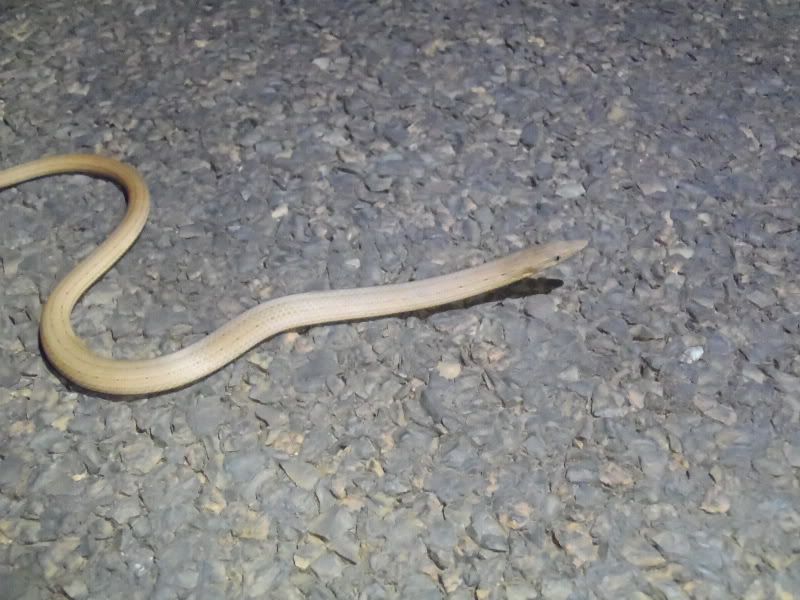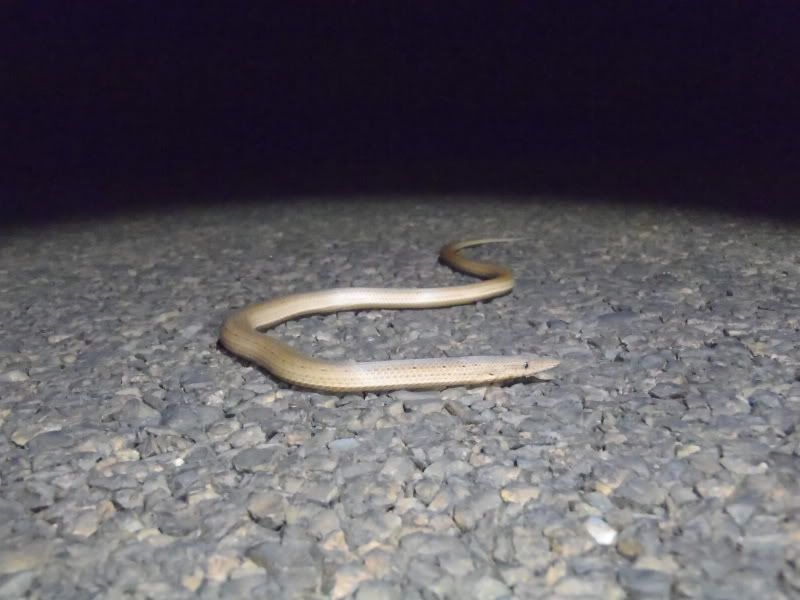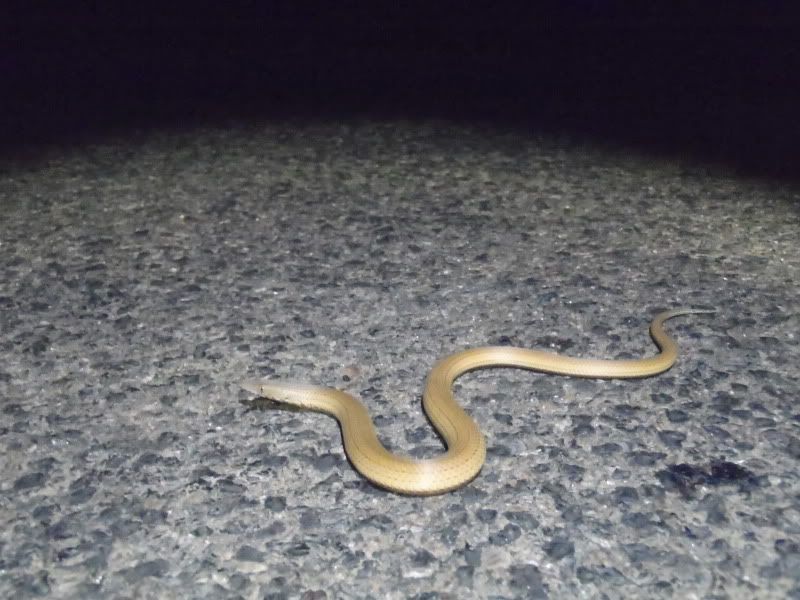waruikazi
Legendary
Went for my normal quick burn last night. Not alot out, which is typical of this weather at this time of year.
There were two areas that had been freshly burnt off by the ringers yesterday and i found these three moving from the burnt side of the road to the fresh side. Interestingly both the burtons came from the exact same spots that i've found them in before. They usually don't come out until we start getting regular rain.
First burtons.


Second


And a Delma, i can't put a positive ID on it. I'm going with either D. borea or tincta. Any thoughts? Came out of scrub between escarpment and a floodplain.



And a black whip from Saturday.


There were two areas that had been freshly burnt off by the ringers yesterday and i found these three moving from the burnt side of the road to the fresh side. Interestingly both the burtons came from the exact same spots that i've found them in before. They usually don't come out until we start getting regular rain.
First burtons.


Second


And a Delma, i can't put a positive ID on it. I'm going with either D. borea or tincta. Any thoughts? Came out of scrub between escarpment and a floodplain.



And a black whip from Saturday.





